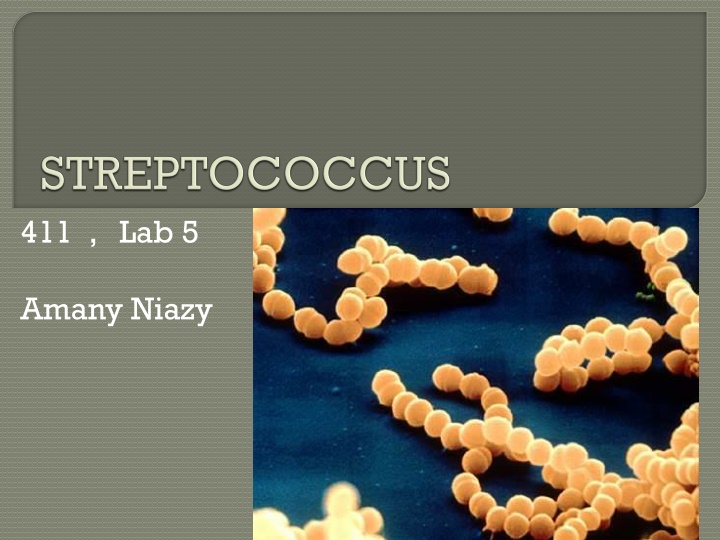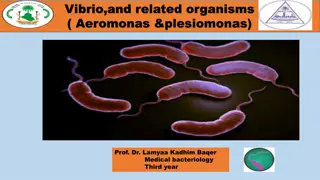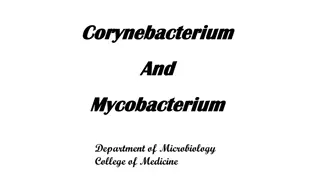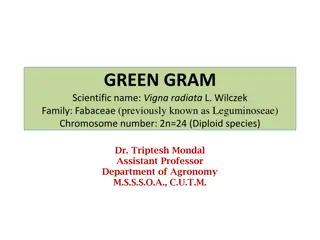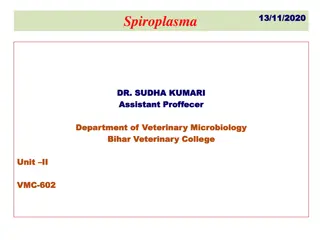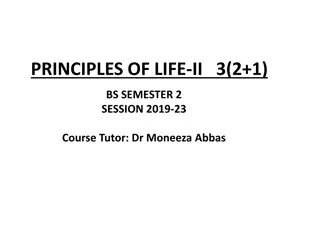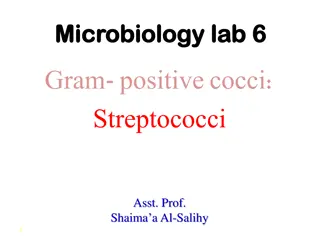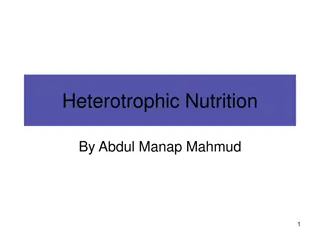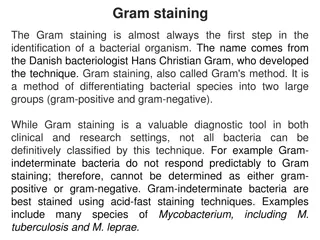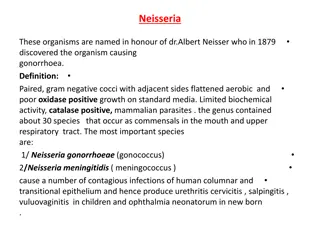Characteristics of Gram-Positive Cocci and Fastidious Organisms
Within the images and text provided, you can explore the characteristics of Gram-positive cocci arranged in chains, including Staphylococci and Streptococci, as well as details on fastidious organisms such as their growth requirements and hemolysis patterns. Additionally, information on Alpha and Beta hemolytic organisms like S. viridans and S. pneumoniae is presented, along with details on Lancefield groupings and bile solubility tests.
Download Presentation

Please find below an Image/Link to download the presentation.
The content on the website is provided AS IS for your information and personal use only. It may not be sold, licensed, or shared on other websites without obtaining consent from the author.If you encounter any issues during the download, it is possible that the publisher has removed the file from their server.
You are allowed to download the files provided on this website for personal or commercial use, subject to the condition that they are used lawfully. All files are the property of their respective owners.
The content on the website is provided AS IS for your information and personal use only. It may not be sold, licensed, or shared on other websites without obtaining consent from the author.
E N D
Presentation Transcript
411 , Lab 5 Amany Niazy
All are Gram Positive Cocci arranged in chains (short or long) + ve - ve All are Catalase -ve
STAPHYLOCOCCI STREPTOCOCCI
Fastidious organism no growth on NA Grows well on BAP Facultative anaerobe Grow at 37C need 24 to 48 hour .
Alpha hemolytic S. viridans S. pneumoniae Beta hemolytic: Group A, B, C, G & D Lancefield grouping according to antigens in their cell wall Non-hemolytic: Enterococcus (formaly known as Group D
Give alpha hemolysis on BAP. It Can be divided in to 2: Viridans group S.pneumoniae
S. PNEUMONIAE STREPTOCOCCUS VIRIDANS
VIRIDANS STREPTOCOCCI S. PNEUMONIAE Alpha haemolysis Alpha haemolysis Ring form colonies Pin point colonies Tanslucent or mucoid Flattened with raised edges Not Capsulated Capsulated Optochin sensitive Optochin resistant Sile solubility +ve Bile Solubility -ve Not part of NF Part of normal flora of upper respiratory and GI
VIRIDANS STREPTOCOCCI S. PNEUMONIAE GPS in chains GPC elongated (Lanceolated) diplococci
Ethylhydrocupreine hydrochloride. Zone of inhibition of 14 mm or more sensitive S. pneumoniae No zone of inhibition S.viridans Always don on a BAP. On the primary culture of isolation plate before incubation
To test if colonies are lysed by bile salt (such as desoxycholate) or not. There are 2 ways to do the test : In a tube On plate
2 ml of saline in a tube Emulsify several colonies of test organism in it Divide organism suspension in 2 tubes Add 2 drops of bile salt to one tube and 2 drops of sterile distilled water to the other. Leave 10-25 mn at RT
Add drop of bile salt to specified part of plate Incubate at 37C for 10 - 30 min Colony disappear +ve Colony stay -ve
Rapid latex and coagglutination tests are available to detect capsular pneumococcal antigen in CSF or other sterile body fluids.
